A Formula 1 2025 season that began with more lows than highs has left Ferrari searching for answers.
The team’s campaign so far has been marked by inconsistency, though a podium finish in Saudi Arabia - third place at a track that seemingly suited the SF-25 - offered a glimmer of optimism.
Ferrari has averaged as the fourth-fastest team across qualifying sessions. In race trim, there have been flashes of competitiveness: in both Bahrain and Saudi Arabia Charles Leclerc demonstrated pace close to the frontrunners.
Team principal Fred Vasseur summed up Ferrari's struggles: "The most difficult thing to explain is the difference between qualifying pace and race pace."
It's a trend that has carried over from 2024.
"If you want to speak about the last part of the [Jeddah] race, I think we were on the same pace as Max [Verstappen] for the last 35 or 40 laps of the race," Vasseur continued.
"But the gap is still big in qualifying and we have people focusing this, because starting from P4, you’re already losing more than a couple of seconds in the first five-six laps. So we have to improve in qualifying, we have to focus on this to be much more consistent."
The qualifying deficit is proving especially problematic for Lewis Hamilton, who has yet to feel at one with a car more tailored to Leclerc’s aggressive driving style.
A first step
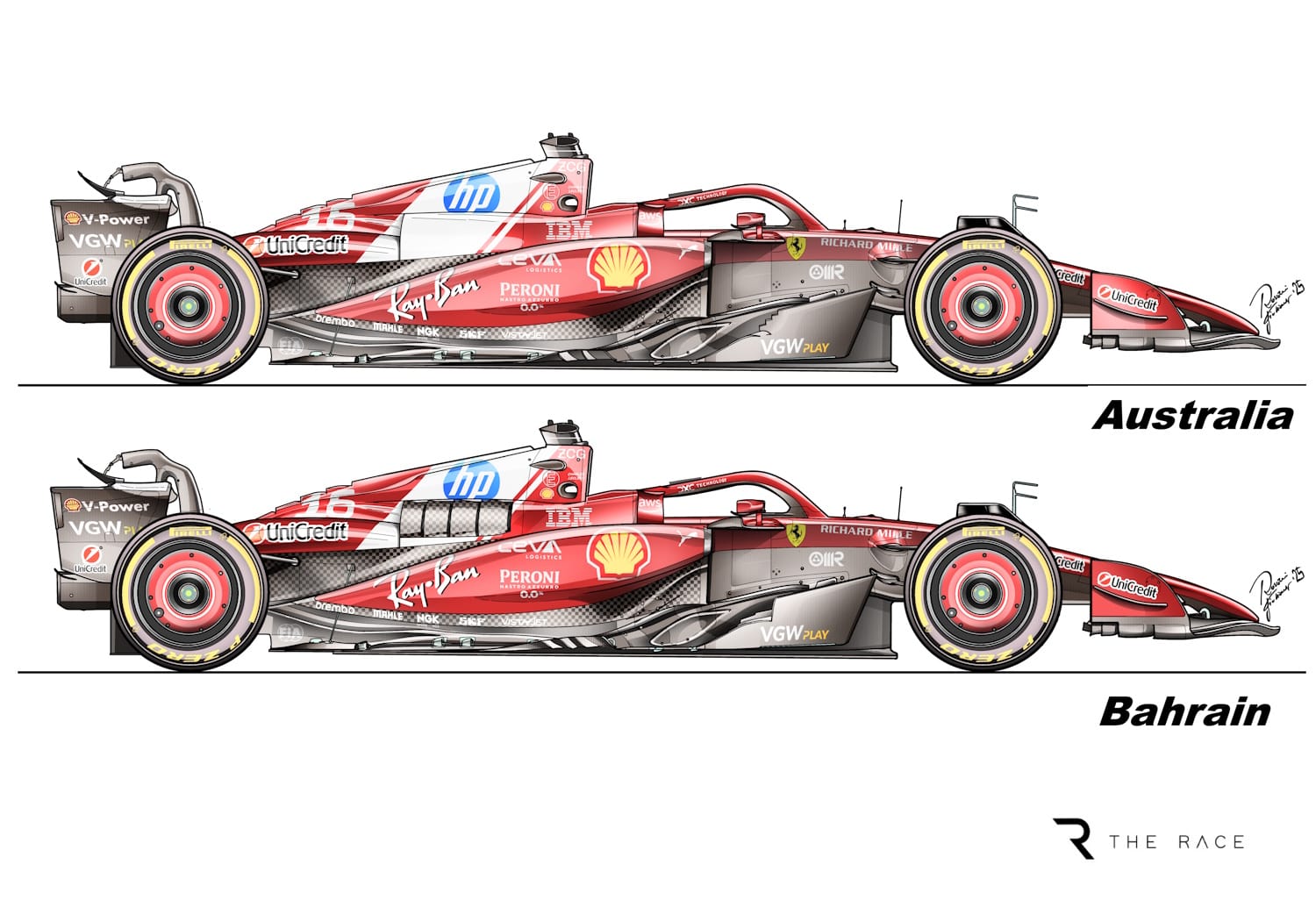
In Bahrain a fortnight ago, Ferrari introduced its first upgrade package of the year, headlined by a new floor.
The goal was greater aerodynamic efficiency and improved high-speed downforce. While the changes helped, they weren’t designed to fix the SF-25’s rear-end instability - a trait described as a 'lazy' rear end that first emerged in round one.
Notably, the Bahrain package had already been in the works before the season began, forming part of a pre-established development trajectory rather than a direct response to early-season struggles.
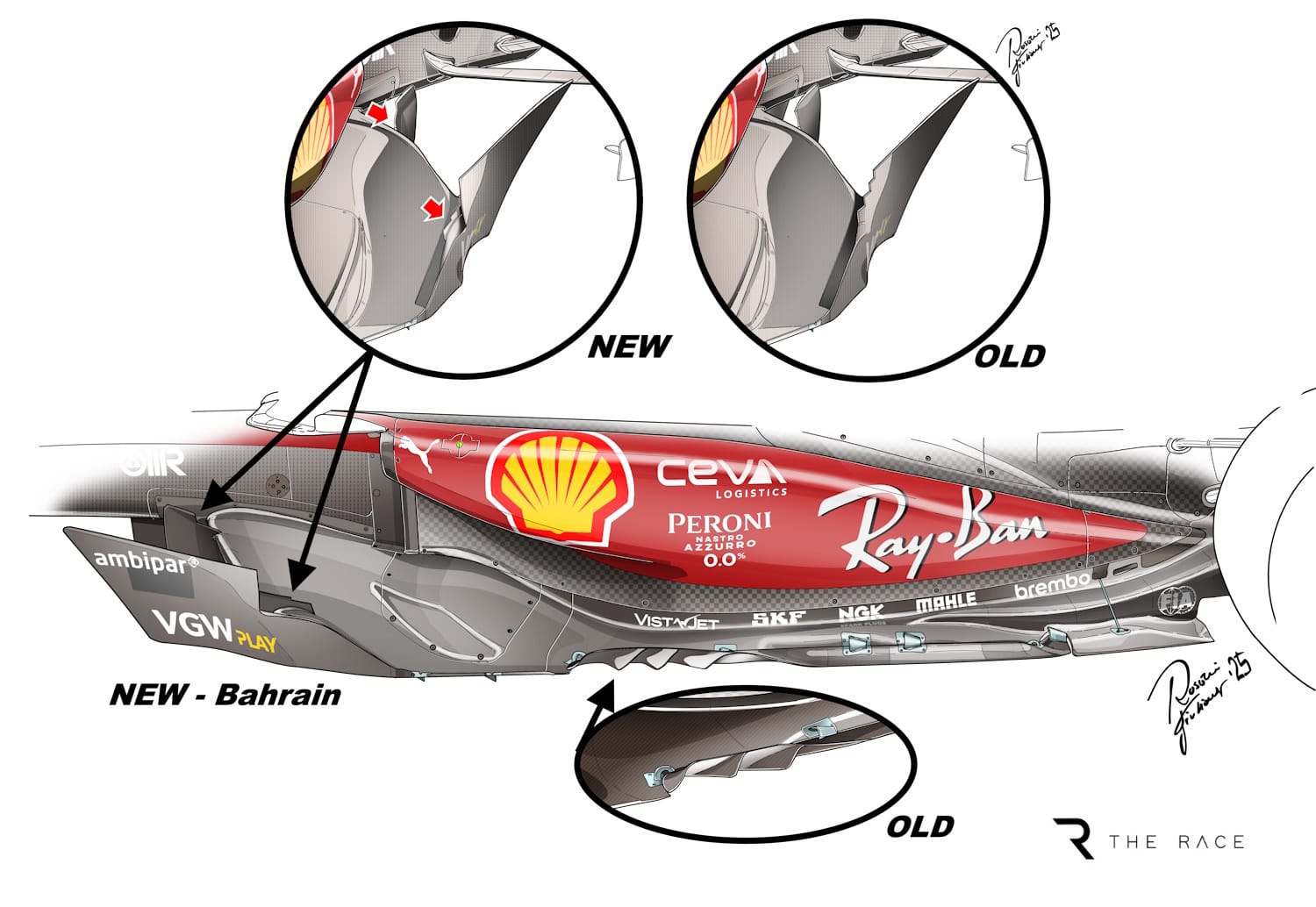
When asked about further upgrades ahead of the Saudi GP, Vasseur was non-committal.
"The potential is there," he said, but confirmed there would be no major new developments imminently.
Sources suggest Ferrari won’t bring any significant update packages to the next two races at Miami and Imola.
Are the issues solvable?
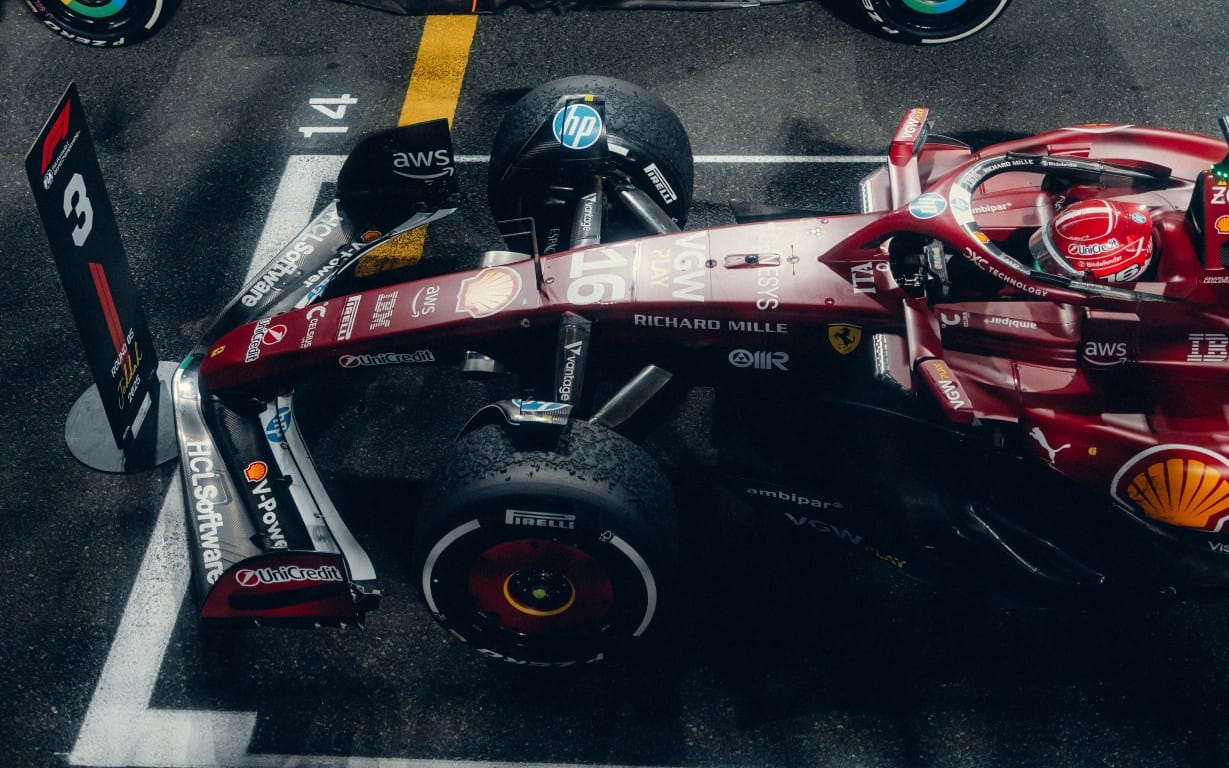
At the core of Ferrari's problems lies the SF-25's finicky balance. The car suffers from a narrow set-up window, with small adjustments or changes in conditions having a disproportionate effect on performance. Hamilton, in particular, has struggled with a lack of rear-end stability on corner entry, which forces him into an understeering mid-corner phase as he tries to lighten the front end to better sense the car.
"I'm struggling to feel the car underneath me," Hamilton admitted in Saudi Arabia.
Leclerc, by contrast, has had more joy thanks to his preferred driving style - more aggressive, utilising a car that rotates sharply on entry.
“He’s been driving this car for a long time," Hamilton added, acknowledging his team-mate's advantage in familiarity.
"I go slower through the corners."
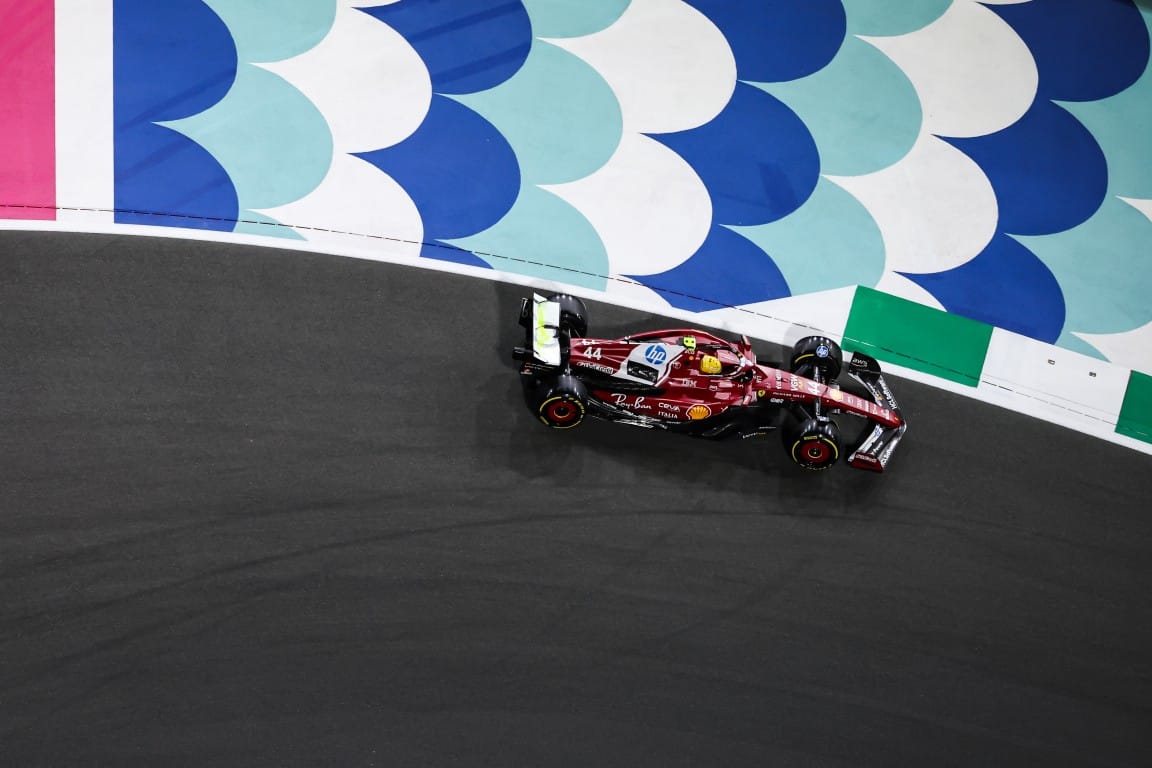
The Bahrain updates have done little to fully cure the car's fundamental weaknesses. Part of the issue appears mechanical - likely involving suspension geometry and weight distribution - but aerodynamics are a key area, too. Ferrari's chassis technical director Loic Serra and aero chief Diego Tondi are focusing their efforts on addressing this, particularly the underfloor design.
The SF-25 currently requires high ground clearance to prevent plank wear. It suffers major downforce losses when raised, which limits flexibility. The aim is to develop a new floor that maintains downforce at greater ride heights.
Can the issues be fixed? Partially, yes. Ferrari insiders believe that with targeted updates and continued refinement through windtunnel and CFD simulations, the SF-25's handling can be improved.
No 2026 switch yet
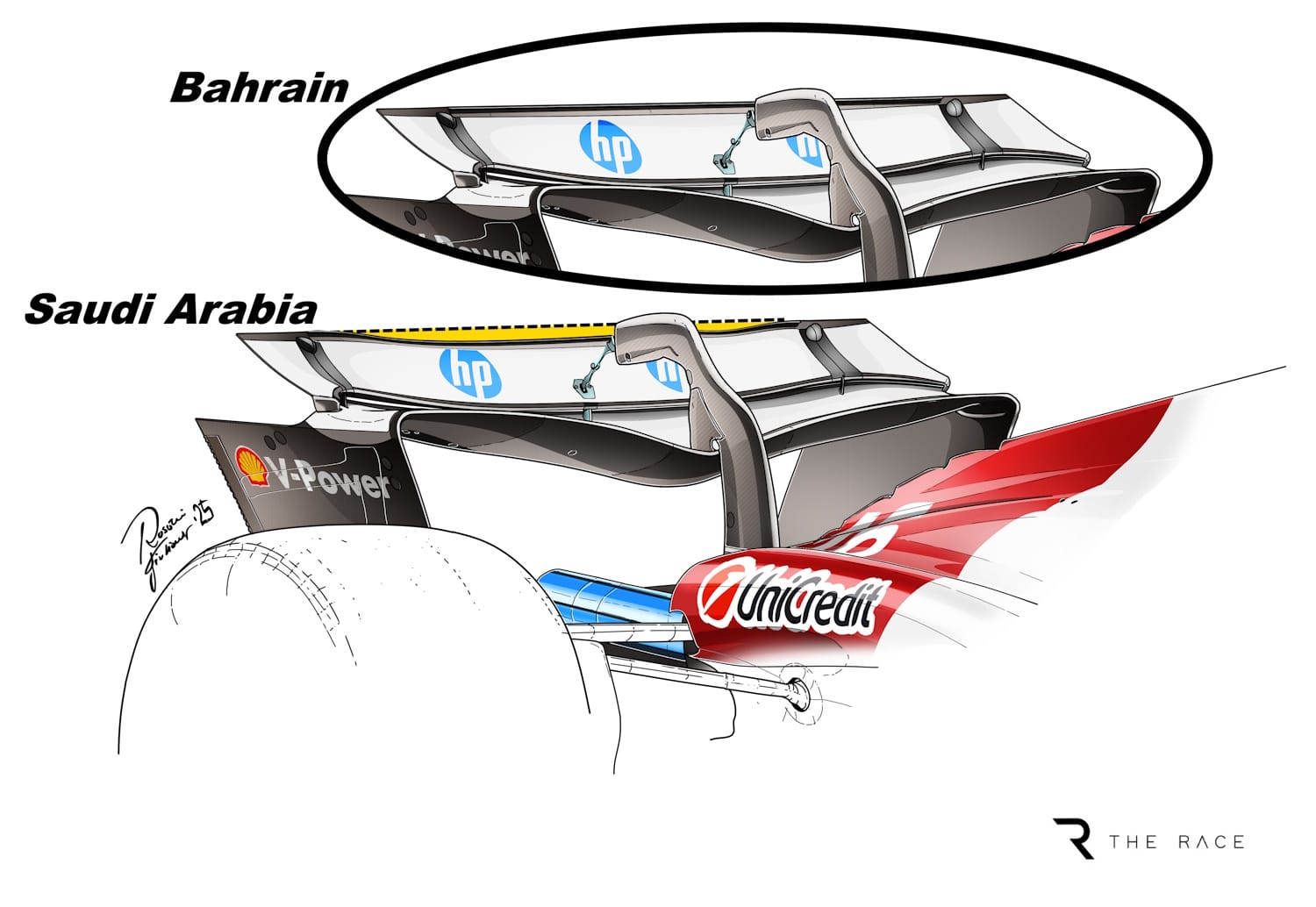
Despite the underwhelming start, Maranello has not pressed the panic button. There’s no sign of a 'Plan B' as of yet. Serra has kept the SF-25 in active development, with windtunnel usage ongoing and new parts expected through the summer.
This signals a clear intention: Ferrari is not giving up on 2025. Work on the 2026 car is progressing in parallel, with dedicated departments at Maranello splitting focus since January. But the SF-25 remains very much alive, its engineers convinced the project still has untapped potential.
Looking ahead, there could be a wildcard in the form of the new FIA technical directive coming into force for the Spanish Grand Prix in a month's time. Aimed at limiting front wing flexibility, the rule change could disrupt the competitive order. Rumours suggest McLaren may be particularly affected, with rivals feeling its wing solutions operate at the edge of legality.
Ferrari hopes that the directive could narrow the performance gap. Still, questions remain as to whether Maranello’s own designs rely on similar principles. Paddock sources suggest Ferrari’s attitude to the upcoming change is "neutral", but the team has reportedly pursued the same flexible wing strategies as others to gain performance.




